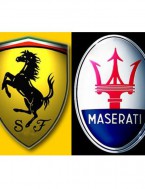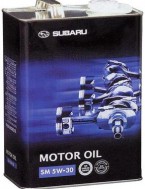
The 2015 K900 and Genesis is a big step forward for the Hyundai Motor Company. Not only because of its superb crash testing performance, but also some key components are all developed by Hyundai itself.
For example the AWD system (called “HTRAC”) are developed in-house, so does the 8-speed transmission. Especially for the 8AT, its design is totally different from the ZF, GM and Aisin units. The Hyundai 8AT uses 4 planetary gear sets and 7 shifting elements (5 clutches, including a one-way clutch and 2 brakes). It is more complicated than any of the other similar units...
Read More




Recent Comments